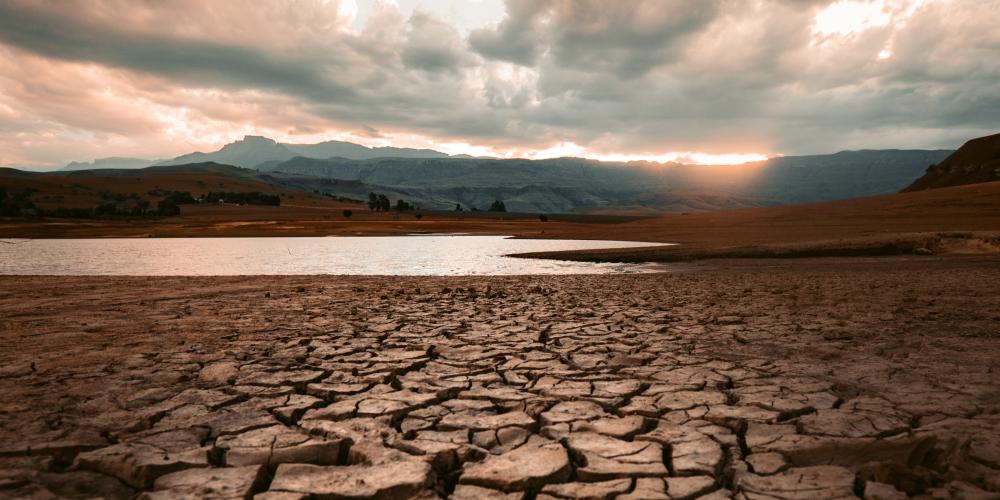Psychosocial Dynamics
Self-efficacy, aspiration and the confidence to adapt can boost households’ resilience by reducing negative coping mechanisms and encouraging people in crisis to seek formal assistance.
A New Approach to Social Resilience
Traditionally, international development researchers and practitioners working on problems such as food security took institutional and economic approaches to understanding people’s reactions to shocks and stressors. Emerging evidence suggests that psychosocial dynamics and psychosocial well-being should also be considered as factors critical to resilience. Future directions should examine perceptions, subjective motivations and social/cognitive elements of individuals, households and communities.
Key Mindsets for Psychosocial Wellbeing
Previous research demonstrates people who don’t believe they can improve their economic position don’t make investments in the future. Specific mindsets can help people who are experiencing challenges take actions that will improve their future well-being:
-
Self-efficacy: Belief in one’s ability to succeed in a specific situation or complete a task
-
Aspiration: Hopes, desires, ambitions and wishes to attain or accomplish a particular goal
-
Confidence to adapt: Belief in one’s ability to change or adapt to new situations
These important psychosocial advantages have been associated with a greater likelihood to seek formal assistance among people experiencing shocks and stressors. Moreover, in the face of shocks and stressors, people with these resilient mindsets seem less likely to engage in negative coping mechanisms, such as:
-
Pulling children out of school
-
Taking on debt
-
Liquidating productive assets (e.g., slaughtering livestock)
-
Reducing consumption (e.g., cutting back on food consumption in a way that is harmful to maternal or child nutrition)
This report seeks to understand how collective action can help address the challenges that young people cannot overcome individually.
Psychosocial Dynamics in Practice
A survey conducted during the 2014/2015 drought in Ethiopia’s lowland pastoral and agro-pastoral areas revealed differences in responses to crises between people with higher or lower senses of control over their lives. People with higher senses of control were less likely to engage in negative coping strategies. They also had a better ability to recover from shocks. Aspirations and confidence to adapt also increased household resilience to the drought.
Data from agro-pastoral and marginal agricultural areas of the Sahel show similar results. Households’ aspirations and confidence to adapt were positively associated with food security. They were also associated with an increased ability to recover from shocks.
Separate research focused on poor farmers’ “time horizon” — that is, how far in advance they tend to plan for future expenditures. During the study, the farmers who received a subsidy and/or a matched savings account saw their time horizons increase by 29% — an important result in consideration of research showing that one’s “time horizon” impacts real-life saving behavior.

Droughts represent one example of a stressor that can worsen personal circumstances when those affected employ negative coping strategies, such as cutting children’s educations short or reducing food consumption. Interventions in drought-stressed regions may incorporate psychosocial elements in order to encourage more productive responses — for example, seeking out community resources during hard times.
Takeaways for International Development Professionals
Several recently conducted studies aim to identify the main determinants of resilience. Many stress the need to expand analysis beyond conventional factors (assets, capacities, capitals or governance). Considering less tangible elements (risk perception, self-efficacy or aspiration) may be more beneficial. Social, institutional and economic mechanisms influencing people’s decisions around shocks and stressors need to be understood. But, understanding individual, household and community perceptions, motivations and thoughts may be even more important.
More About Psychosocial Dynamics
Behavioral Economics Forum: Lessons to Strengthen Development Programming and Policy
27 Feb 2024, GMT -4 - UC Davis Markets Risk and Resilience FTF Innovation Lab , USAID , Center for Resilience
Join the Feed the Future Innovation Lab for Markets, Risk and Resilience in exploring the role of behavioral economics in development programming.
The Role of Mental and Psychosocial Well-Being and Support in Household Resilience in Somalia
02 Aug 2023 - USAID , ACDI/VOCA , Mercy Corps
Mental health and psychosocial factors are significant in household resilience. Designing programming with these contributors in mind is vital in a crisis.
Resilience in Somalia and Opportunities for Measurement Innovation for the Resilience Population-Level Measurement Activity
17 Jul 2023 - USAID , ACDI/VOCA , Mercy Corps
Which resilience capacities matter the most to Somalia? Learn more in these research briefs from the Resilience Population-Level Measurement Activity.
Gender and Youth Associate Award (GAYA) Survey on Gender and Youth Integration
25 Aug 2022 - Mercy Corps
Are you interested in reflecting on your organization's internal capacity gaps for gender and youth integration?




